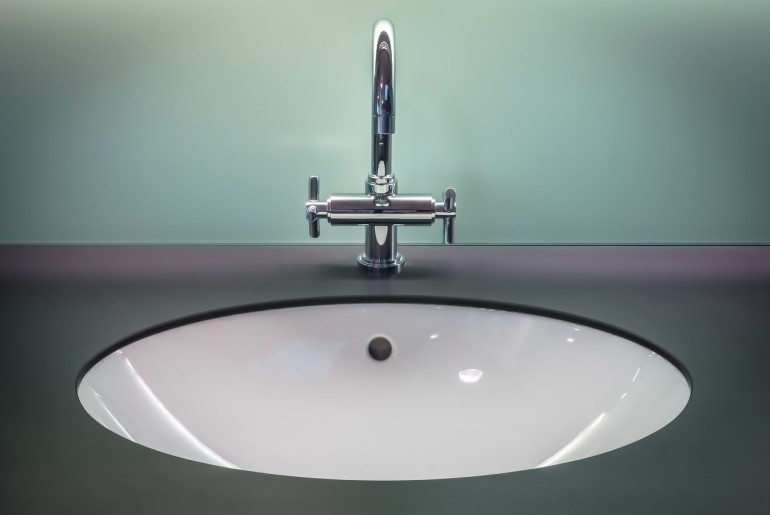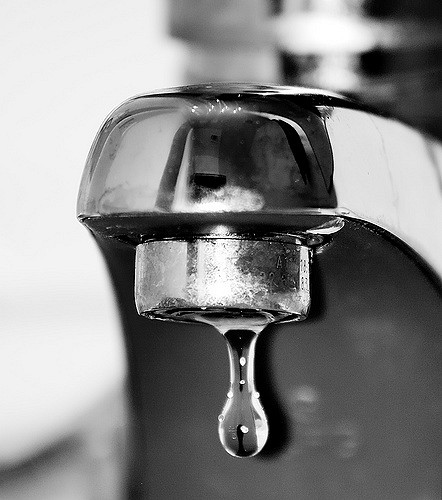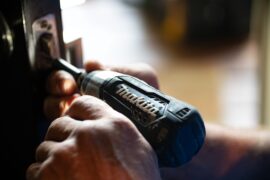Is it taking forever to get the dirt off your dishes or the shampoo out of your hair? Are simple tasks like filling a glass of water from your faucet becoming frustrating? If so, you probably have low water pressure. There are a few reasons why water may be trickling and not flowing freely from your faucets.
Image via Flickr by arturodonate
Closed Water Valves
Water comes to your faucet via a maze of pipes and valves. Pipes carry the water to its destination, and valves are the doorways that open and close to allow it through. Just like a throng of people trying to get into a building, water needs an open door to enter and flow through to your faucet.
The first thing to check when water is coming out slowly is whether all the valves to the connection are open. There are two main doors, or valves, that can bar the water’s entry into your home. The meter valve is closest to the street and is controlled by the city. You shouldn’t fiddle with this valve unless you want to deal with your city’s water department. The second is the main shut off valve, which comes after the water meter.
Start with the main shut off valve. If that is open, check the valves close to the faucet giving you trouble. A simple turn clockwise is usually all it takes to open the floodgates.
Clogged Aerators
All your valves are open, but water is still dripping out of your faucet. Now what? Next, check the aerator at the end of your faucet. Aerators are great, as they keep the stream of water steady, decrease splashing, and mix the water with oxygen to decrease water usage while maintaining consistent pressure.
Located at the end of your faucet, aerators are easy to troubleshoot. Simply screw it off and check to see if it’s clogged with gunk. If so, all you need to do is travel to a home improvement store and buy a replacement aerator that matches the manufacturer of the faucet. Screw on the new aerator and enjoy free-flowing water again.
Failing Pressure Regulator
It wasn’t the valve and it wasn’t the aerator. Good news! There is another thing to check before you succumb to a life of unwashed dishes and soapy hair. Check your pressure regulator. Located where the water enters the house, a pressure regulator controls how much water is allowed through the pipes at any time, usually between 50-75 psi (pounds per square inch).
If the pressure is too low you may need a new valve, or to adjust the one you currently have. As with any plumping equipment, pressure regulators are nuanced and can cause trouble if handled incorrectly.
These are a few of the possibilities if your water pressure is more similar to a backyard creek than Niagara Falls. A few of the issues come with a quick fix, but don’t be afraid to contact a professional if things get over your head. Messing with plumbing can lead to a pool in your basement, which is not as fun as one might think.











Comments are closed.